In 2005, Plum Creek, a Seattle-based real estate development corporation, put forth the largest development proposal Maine had ever seen—and that would carve the heart out of one of Maine’s most treasured places, Moosehead Lake, a region loved for its remote ponds, undeveloped shorelines, traditional recreation, stunning mountain vistas, and peace and quiet. Plum Creek’s proposal put all of this at risk, calling for 975 house lots, two resorts, a golf course, a marina, three RV parks, and much more, with no plan for additional permanent conservation.
NRCM was the first organization to oppose this plan. We spoke out loud and strong, and so did the people of Maine, including residents of the Moosehead region.







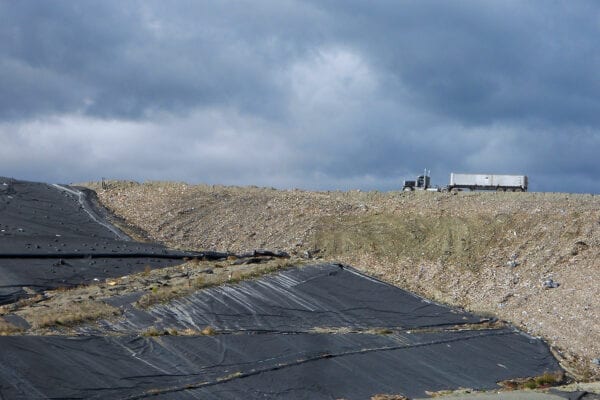
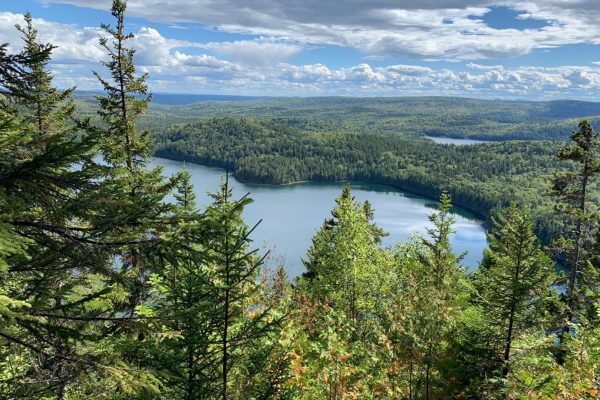


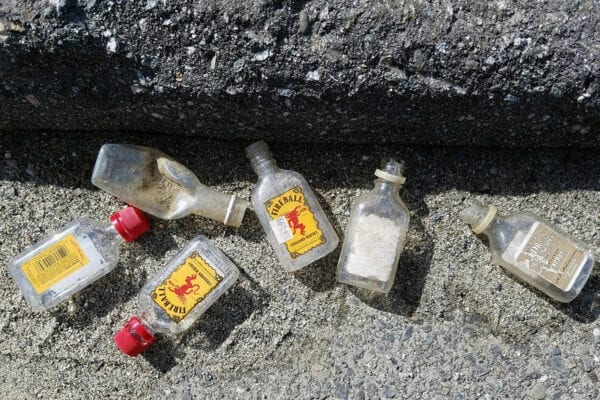

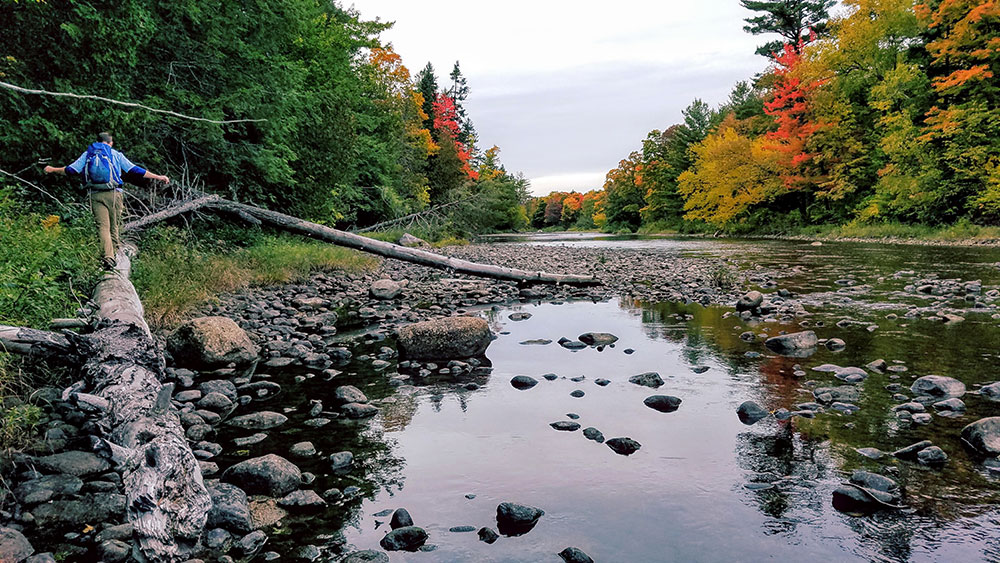
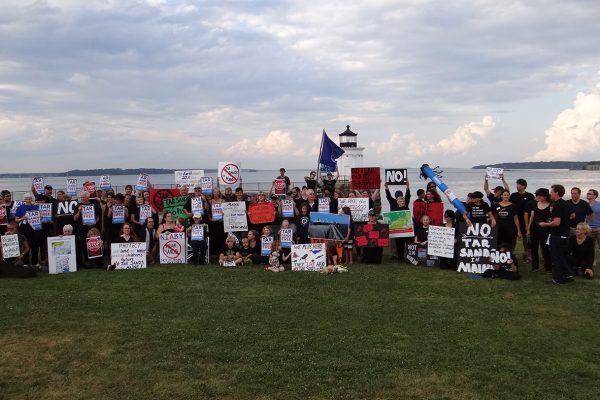
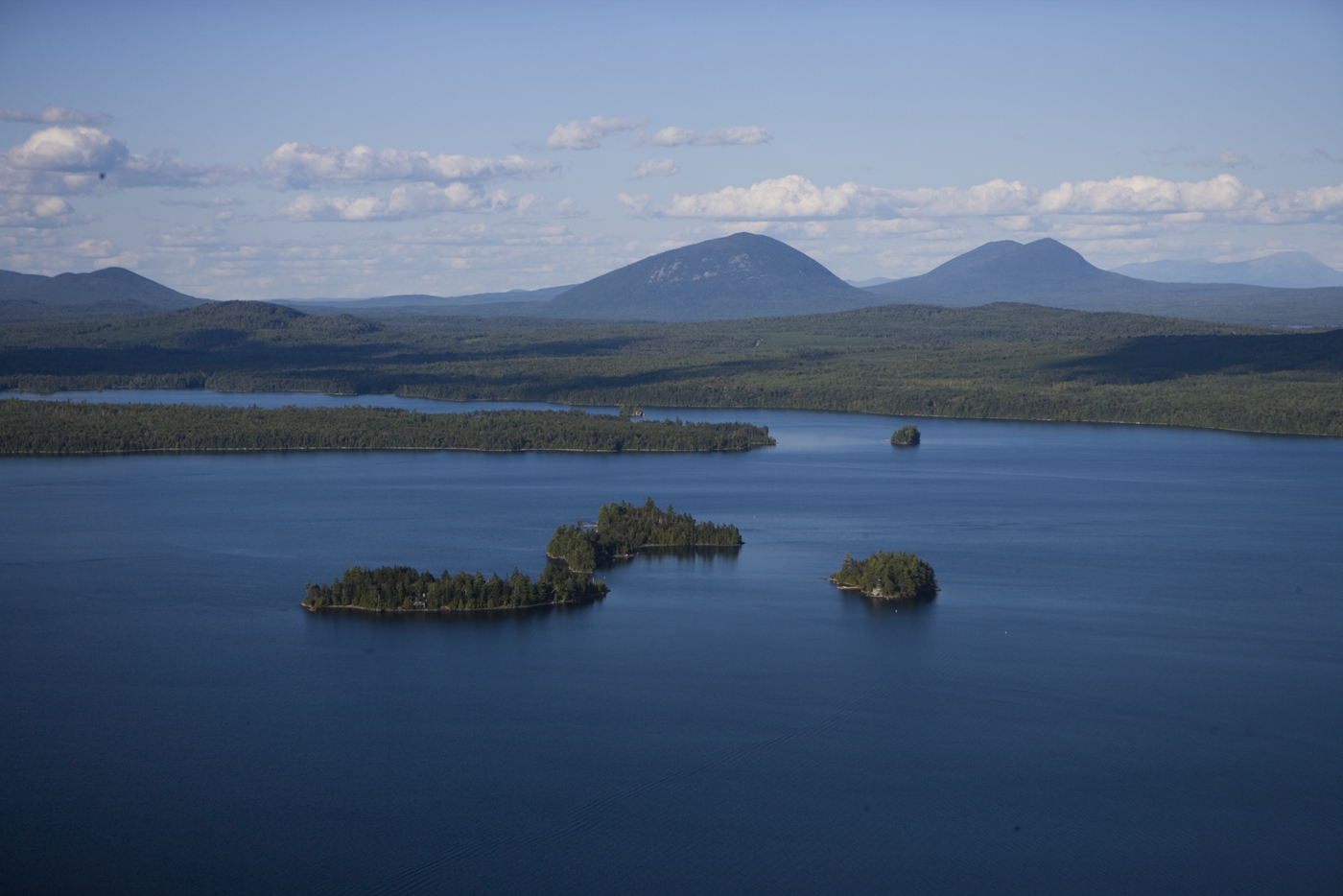 September 23, 2009
September 23, 2009 May 31, 2008
May 31, 2008 January 18, 2006
January 18, 2006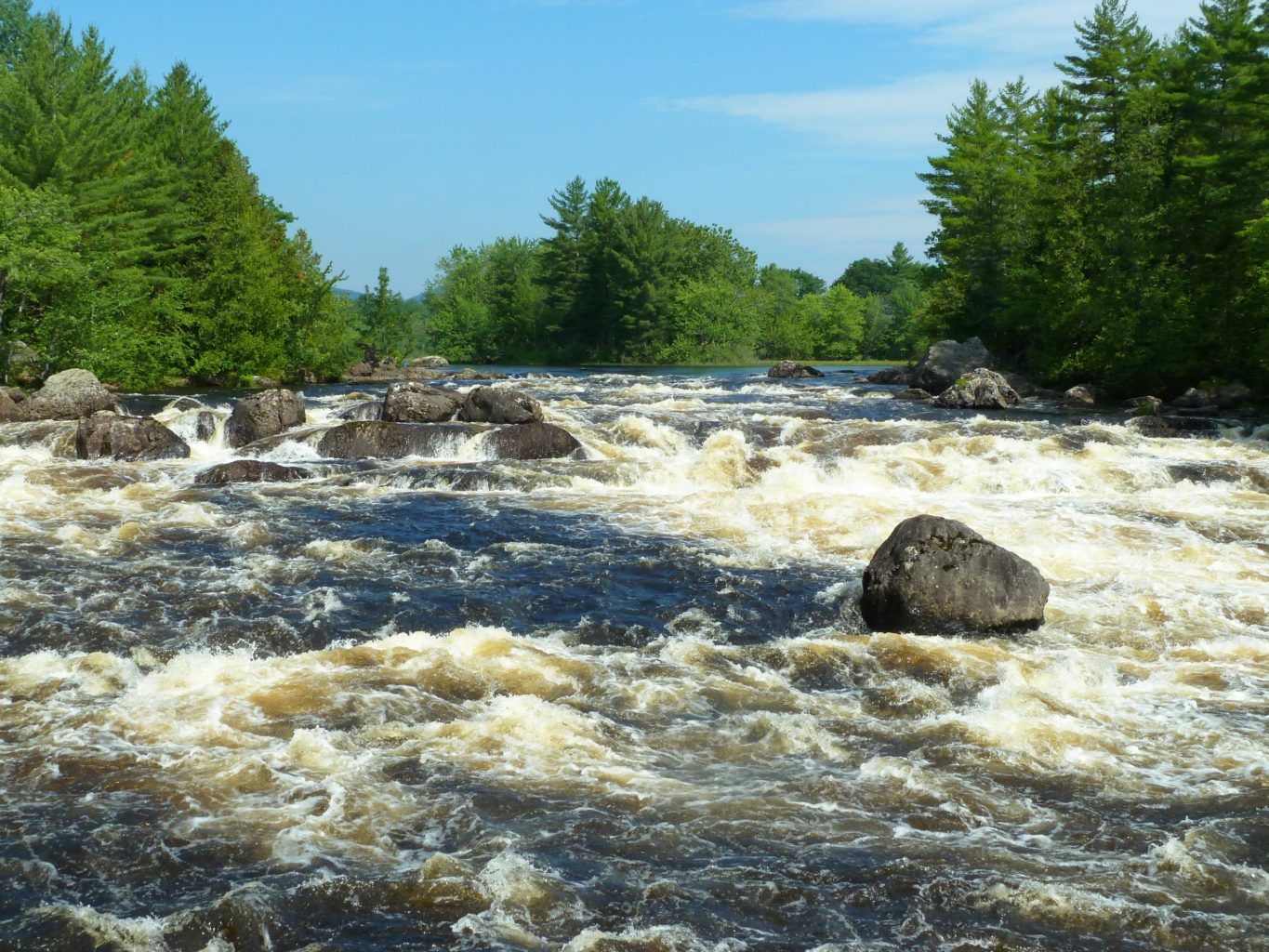 June 22, 2004
June 22, 2004 June 22, 2001
June 22, 2001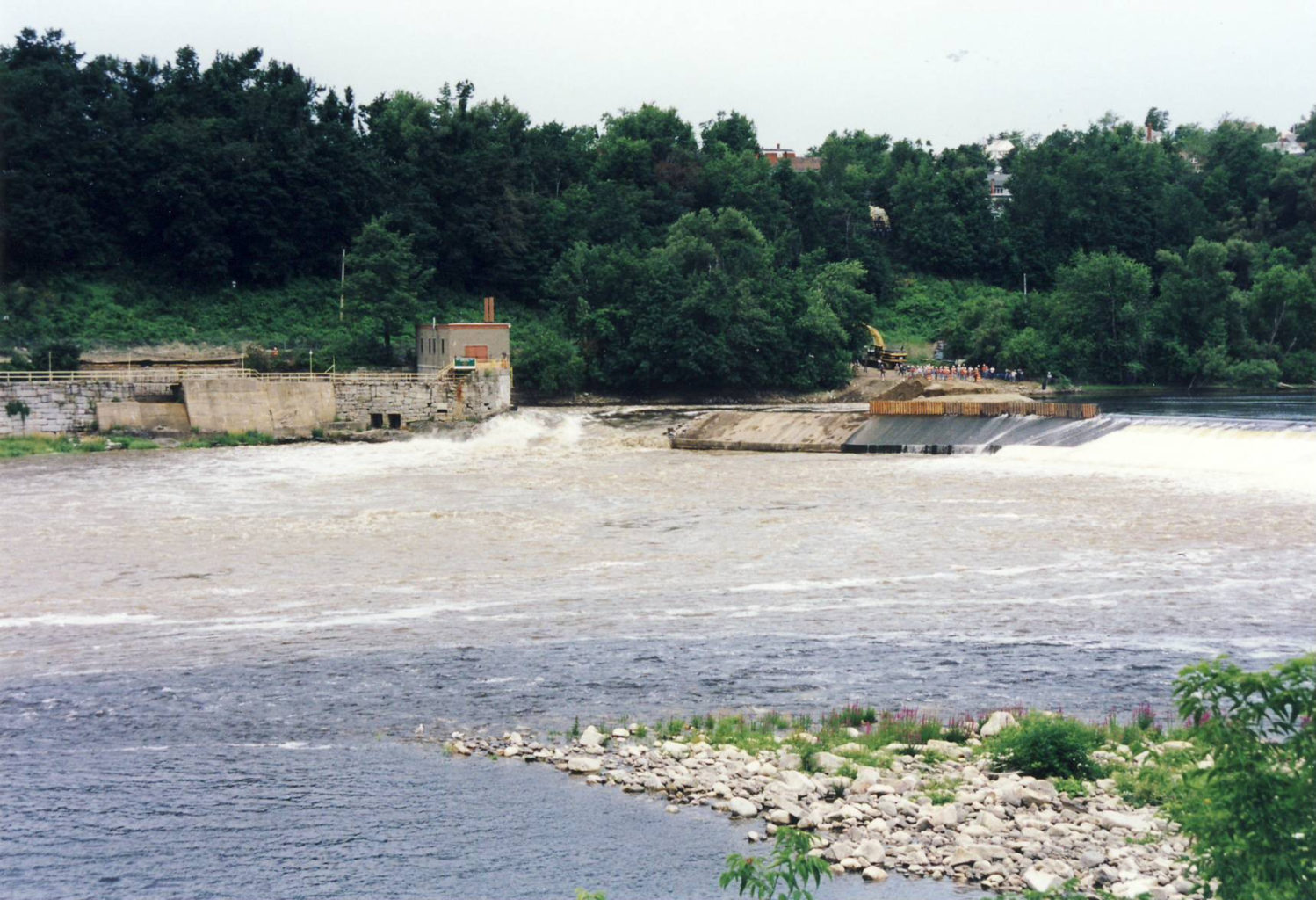 July 1, 1999
July 1, 1999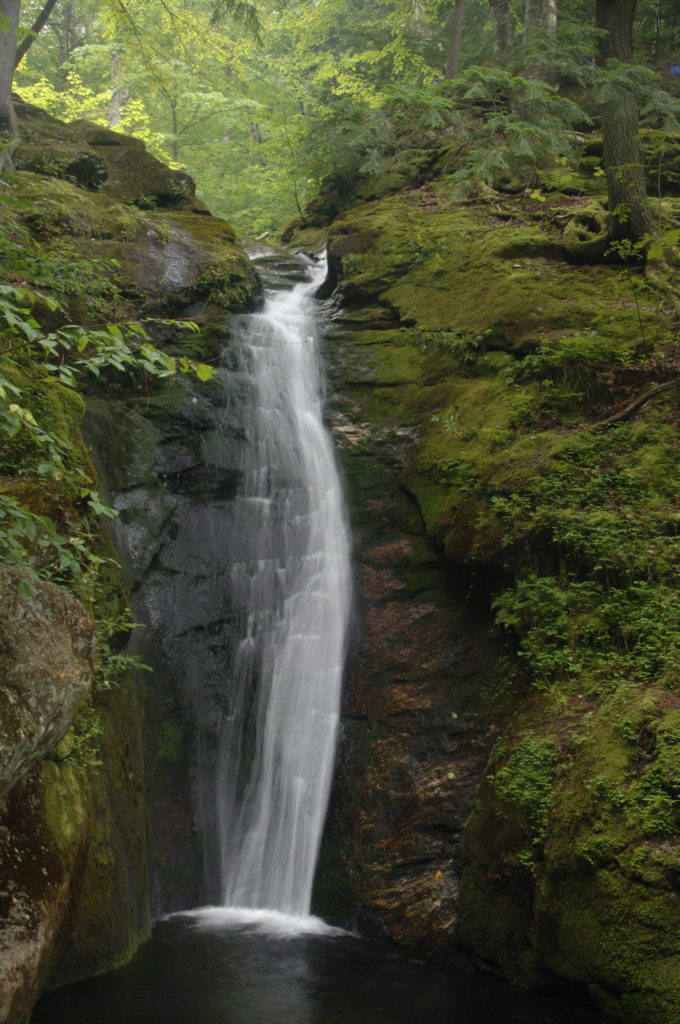 September 19, 1990
September 19, 1990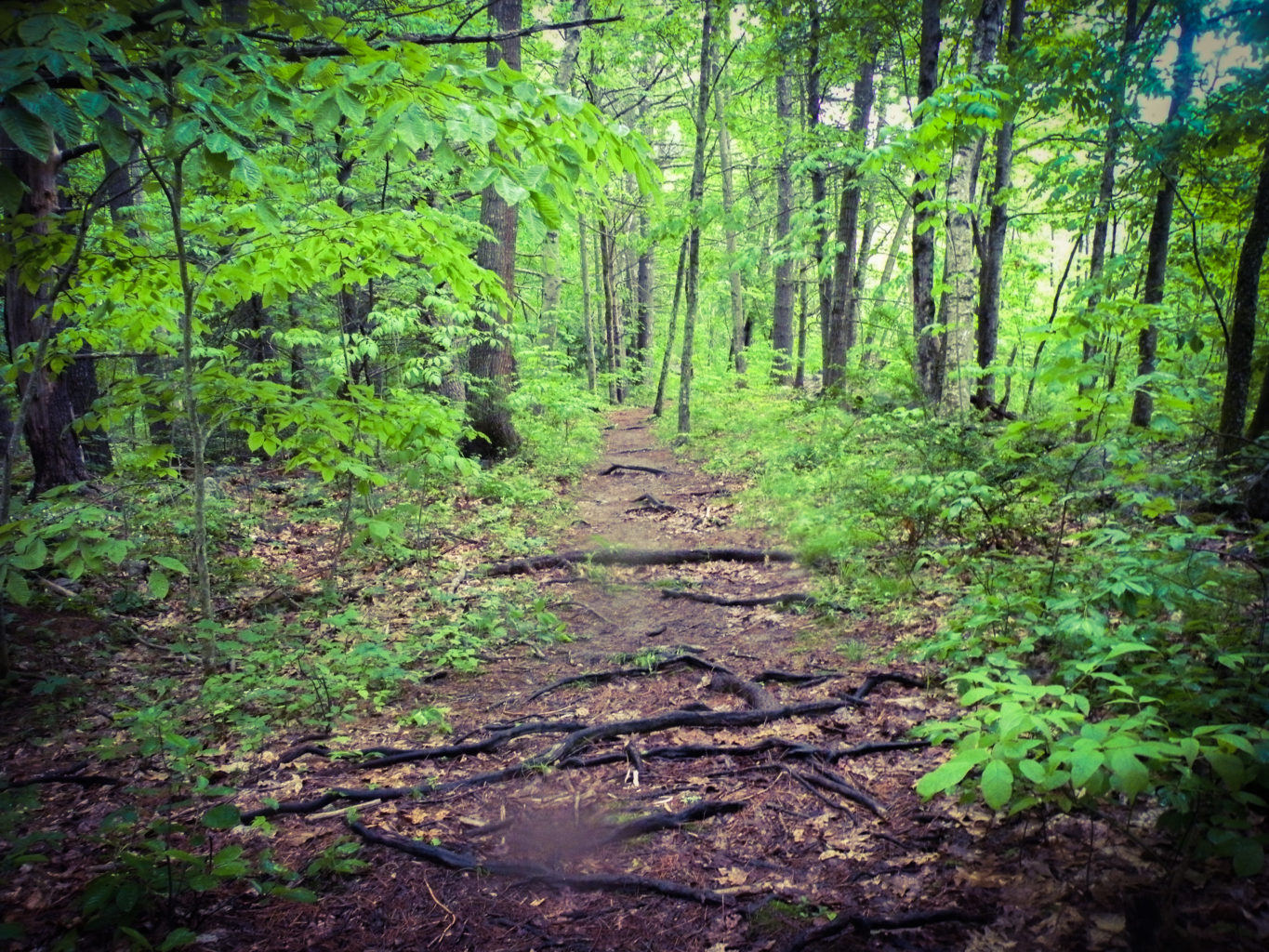 November 3, 1987
November 3, 1987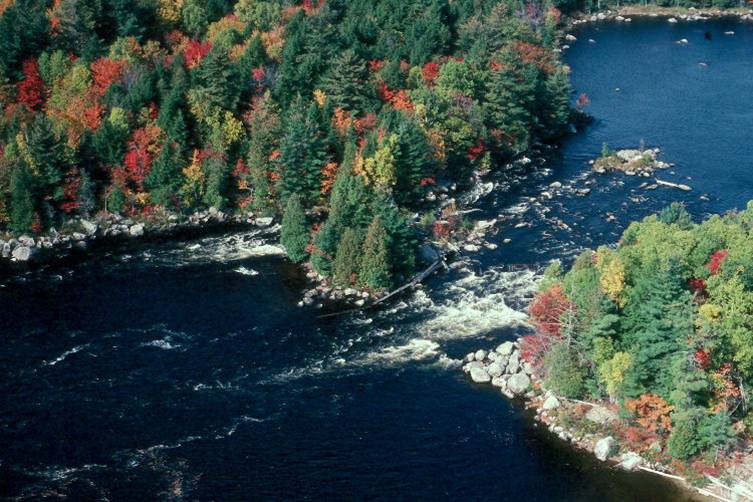
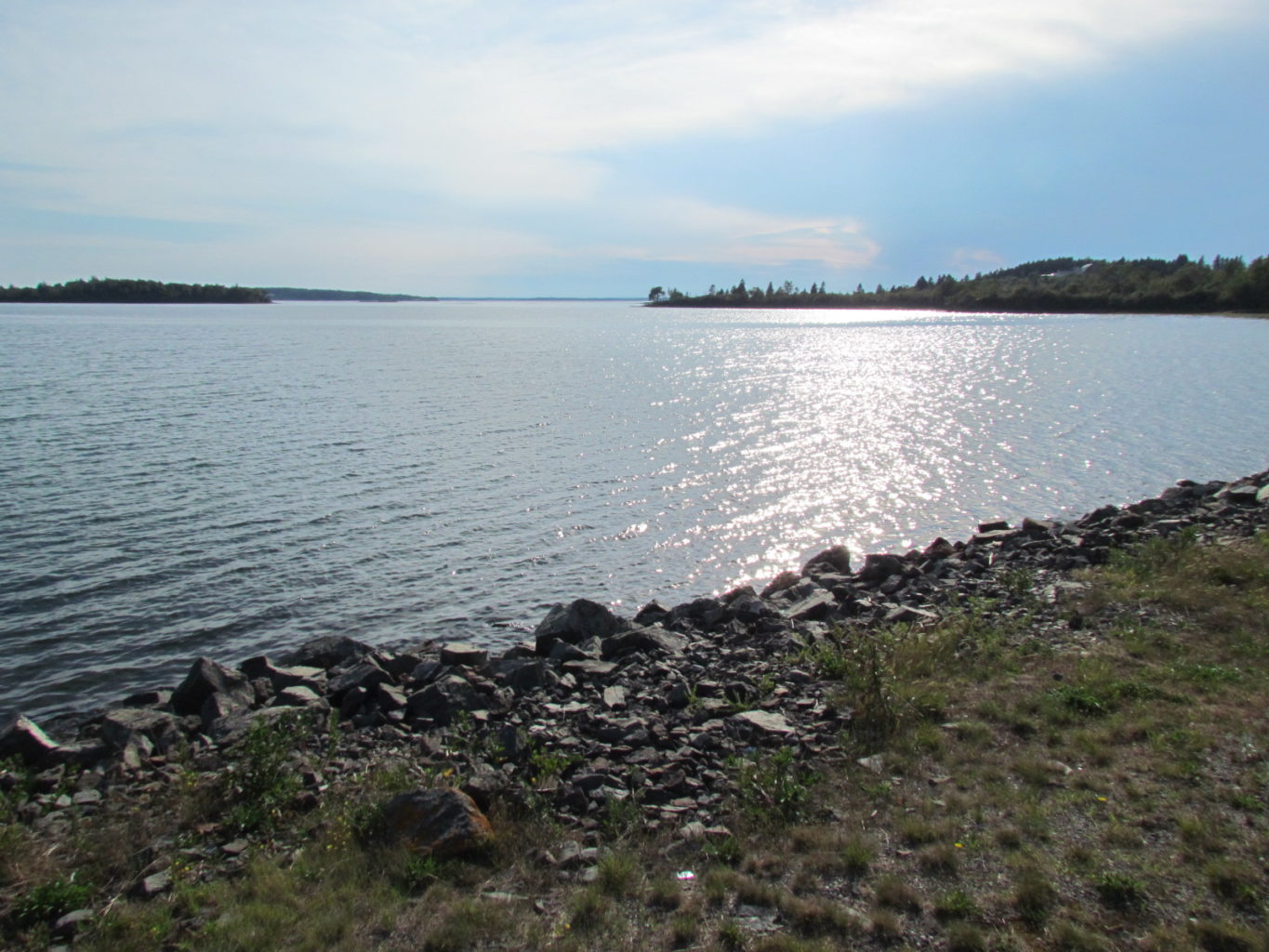 June 17, 1983
June 17, 1983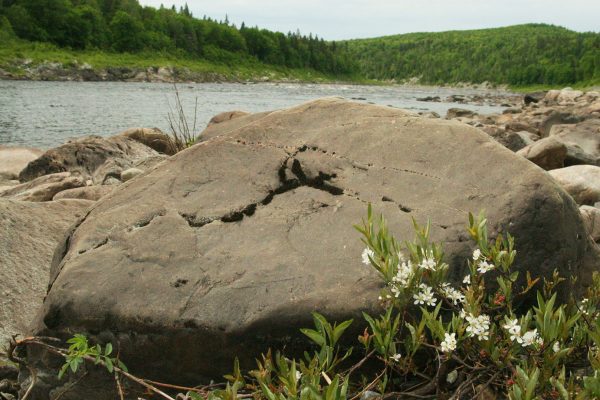
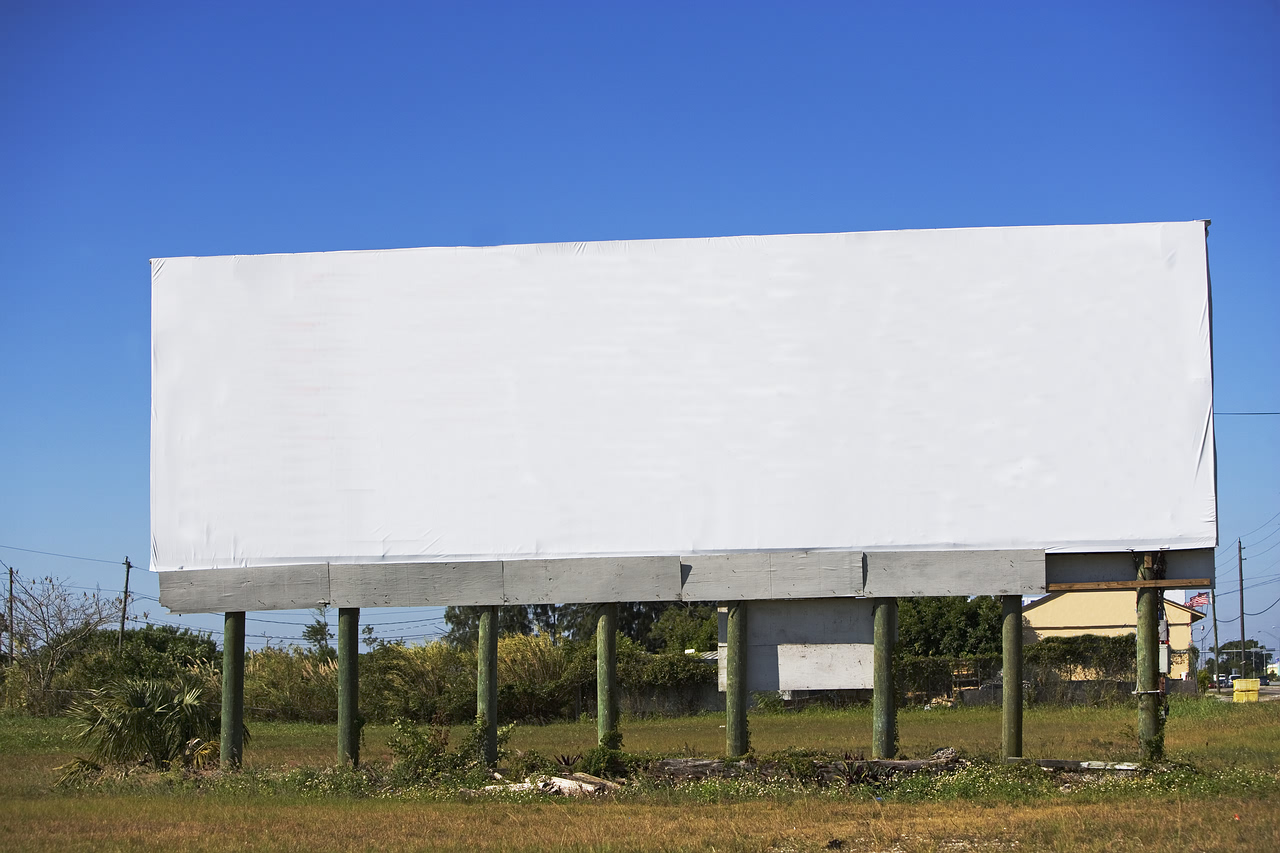 January 1, 1978
January 1, 1978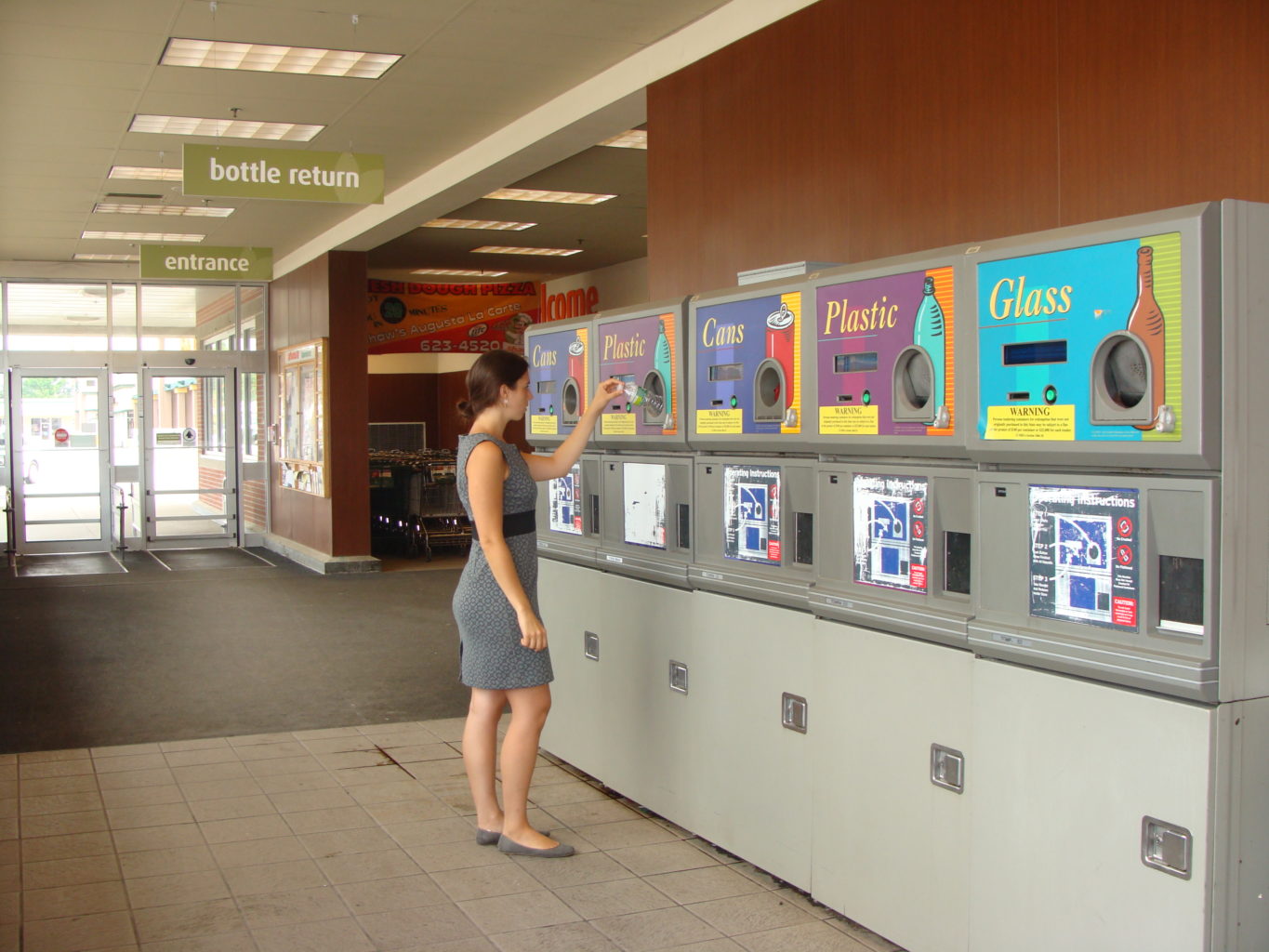 November 2, 1976
November 2, 1976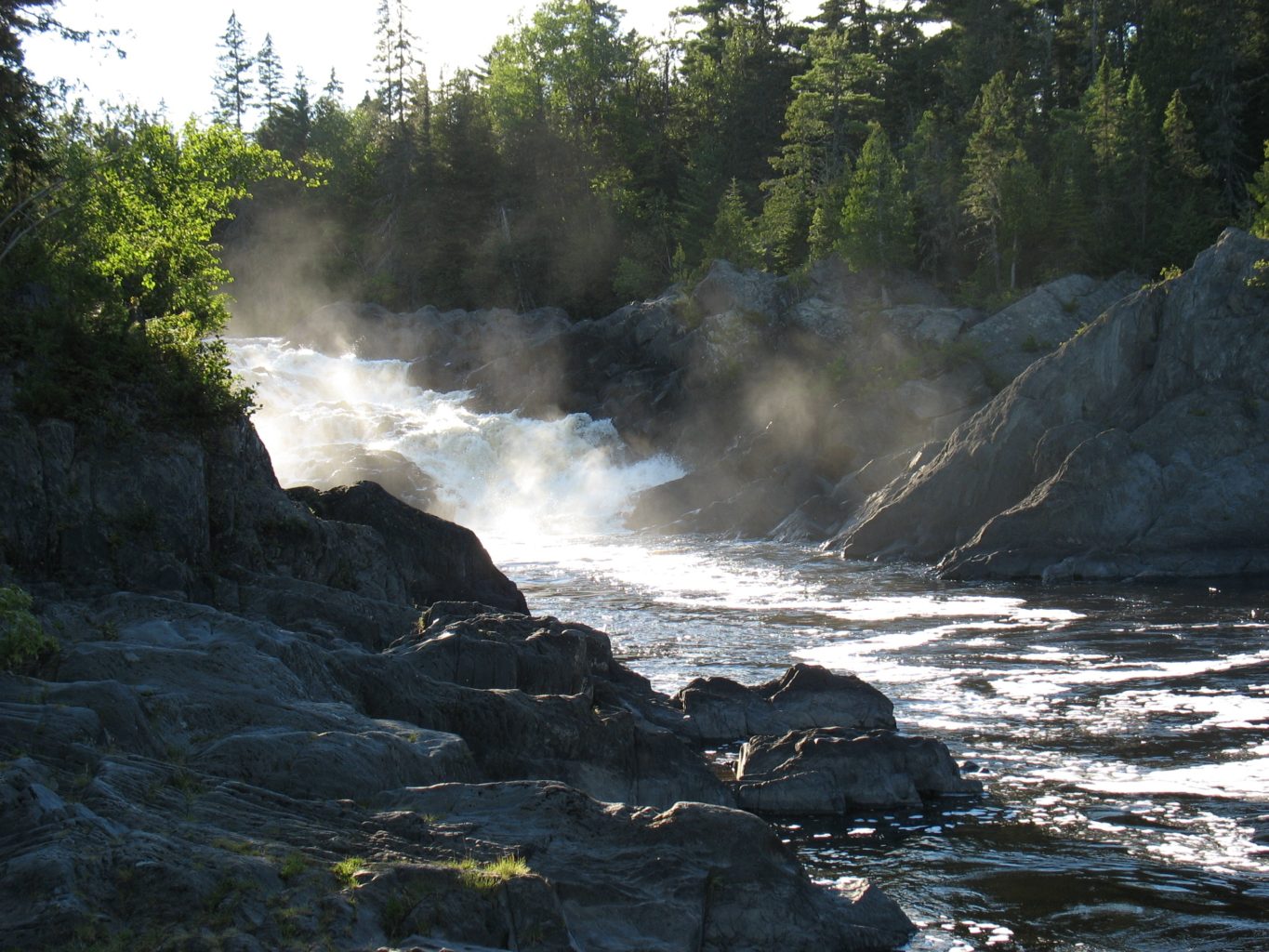 December 5, 1966
December 5, 1966

